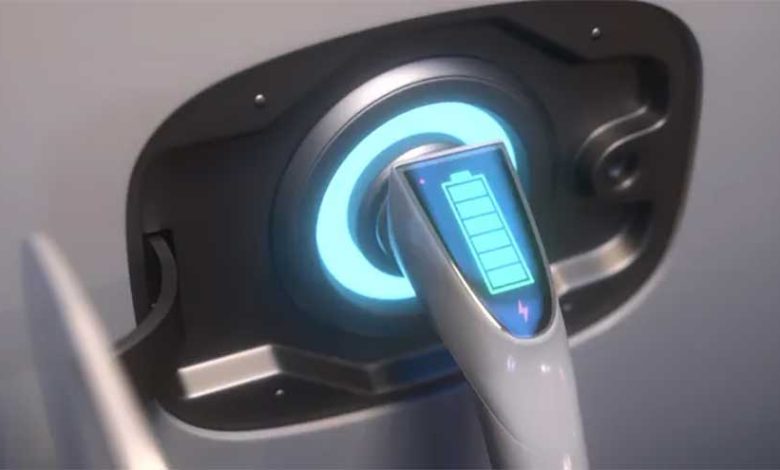500-mile road excursions might be powered by new EV battery technology after a 12-minute charge.

To address a significant issue confronting future batteries, scientists have employed a clever chemical method. Their discovery opens the door for the development of next-generation electric vehicle (EV) batteries that can go 500 miles (800 kilometers) between charges of 12 minutes.
Lithium metal is used in place of graphite as the anode in lithium-metal batteries, which sets them apart from conventional lithium-ion batteries. According to a statement from the researchers, these designs provide a significantly higher energy density.
This translates into longer-lasting and quicker-charging batteries for EV drivers. But “dendrites”—a branching, crystalline material that forms on the anode during charging and gradually degrades battery performance—have prevented scientists from creating efficient lithium-metal batteries. Rapid charging exacerbates this and raises the possibility of a battery short circuit.
However, researchers have discovered a method to halt dendritic formation in a recent study that was published on September 3 in the journal Nature Energy.
A novel kind of liquid electrolyte holds the key. According to the researchers, the “cohesion-inhibiting” liquid electrolyte inhibits dendritic development, increasing the batteries’ capacity for quick charging and prolonging their lifespan to over 185,000 miles (300,000 km).
A liquid electrolyte used in both lithium-ion and lithium metal batteries moves lithium ions between the cathode and anode during charging and discharging. As previously stated, the distinction between the two battery types is that in a lithium-ion battery, lithium metal is used in place of graphite.
An electric vehicle’s range on a single charge is largely determined by its energy density, which is defined in battery physics as the quantity of energy a battery can store in relation to its weight or volume.
The “non-uniform interfacial cohesion on the surface of the lithium metal,” according to the researchers’ statement, was the root cause of dendritic development. To put it another way, scientists discovered that while charging, lithium ions do not distribute uniformly throughout the anode, resulting in weak spots where dendrites may begin to develop.
In order to address this issue, they created a chemically structured liquid electrolyte that helps guarantee that ions are distributed more uniformly throughout the anode surface, preventing them from clumping together to form dendrites.
The battery charged from 5% to 70% in 12 minutes and continued to do so for 350 cycles in the lab. According to the researchers, a higher-capacity model took 17 minutes and 180 charging cycles to reach 80% charge.
In the statement, study co-author Hee Tak Kim, a professor of chemical and biomolecular engineering at the Korea Advanced Institute of Science and Technology (KAIST), said, “This research has become a key foundation for overcoming the technical challenges of lithium-metal batteries by understanding the interfacial structure.”
“It has overcome the biggest barrier to the introduction of lithium-metal batteries for electric vehicles.”